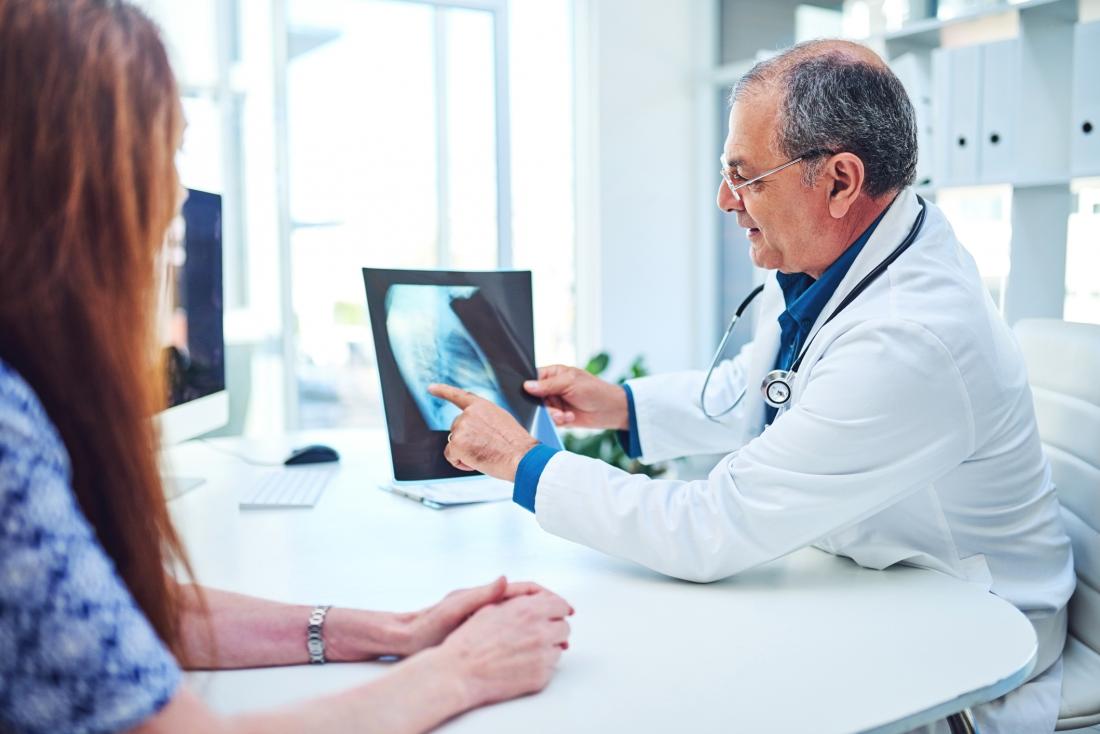Patients who come to the emergency department with abdominal pain often have an ultrasound as part of their diagnostic exam, especially if the pain is in the right upper abdomen. This is done to evaluate the root causes of the pain, especially if the source is related to the liver or gallbladder.
Over the years, I have seen more and more ultrasound results showing “fatty liver” in patients. In the absence of chronic alcohol abuse, nonalcoholic fatty liver disease (NAFLD) affects between 80 and 100 million Americans. That equates to about a third of adults. And despite its name, a third of those diagnosed with fatty liver are not obese.
Know before you go: the do’s and don’ts of going to the emergency room
Where do those fat deposits come from?
NAFLD is a spectrum of liver disease that includes fatty liver, which occurs when there is an excess of fatty deposits in the liver. When fatty liver is accompanied by progressive inflammation and fibrosis, it is called nonalcoholic steatohepatitis (NASH). If NASH is allowed to develop, it can lead to cirrhosis, permanent scarring that leads to liver failure.

So where do the fat deposits in our liver come from first? Chronic alcohol consumption or a diet high in “bad” saturated/trans fats and an excess of simple dietary sugars all contribute to fatty acid deposits in the liver. While an exact cause remains elusive, in nonalcoholics, NAFLD is the result of a complex interplay of multiple metabolic diseases, including:
DiabetesHypothyroidismHigh TriglyceridesHigh Blood PressureObesity
It’s no wonder that fatty liver is an independent risk factor for heart disease. This was an important factor for the American Heart Association to recently write a position paper on NAFLD.
Are you next? More Americans than ever are being diagnosed with high blood pressure.
We’ve long been told that salt is bad for you: is it real?
Fatty liver: quiet but dangerous
Most patients with NAFLD will likely have no symptoms. Those with fatty liver may have nonspecific symptoms, such as intermittent or constant pain in the right upper abdomen (where the liver is located) and chronic fatigue or fatigue.
Patients with more advanced diseases such as NASH or cirrhosis may have swelling of the hands or legs, increased abdominal circumference, or yellowing of the skin or eyes, known as jaundice.
Diagnosis of fatty liver
Most patients discover by chance that they have fatty liver after a workup for abdominal pain or through their primary care physician. I hesitate to say “diagnosed with fatty liver” because, as mentioned above, fatty liver is part of a collection of liver diseases whose cause is multifactorial. And treatment, as I’ll discuss below, involves addressing the multiple metabolic dysfunctions that contribute to the fat deposits.
In the emergency department, a patient’s abdominal ultrasound will indicate “fatty liver.” Liver function tests may be elevated and indicate some degree of inflammation.
Treating Fatty Liver Disease: Addressing Its Many Causes
Our liver is a vital organ that performs various crucial tasks, including metabolizing food into energy and detoxifying our bodies. Fortunately, fatty liver is reversible and treatable with a combination of non-drug interventions.
Activated Charcoal Benefits Explained: Does It Prevent Hangovers?
First and foremost, weight loss is an important part of a fatty liver treatment plan. However, rapid weight loss is dangerous and can make NAFLD worse. Remember that both strength training and cardio can reduce fat. Aim for at least 30 minutes daily on most days of the week. If you are obese, aim to lose 7-10% of your body weight over a year. A simple rule of thumb is an ideal target weight – your height in centimeters minus 100 kilograms. So, for example, if your height is 182cm, your perfect body weight to shoot at is 82kg (181 lbs).
Remember that no specific diet style is superior in reducing a fatty liver. The focus should be low-carb. Interestingly, the treatment focuses on replacing simple sugars such as table sugar, sucrose, and fructose with low-glycemic fruits, just like replacing “bad” saturated/trans fats with unsaturated fats. This is because simple sugars are a major culprit in many of the metabolic dysfunctions mentioned above that contribute to fat deposits.
Additional guidelines to follow when developing your fatty acid diet plan:
Does TikTok’s ‘Pomegranate Pump’ Really Work? The answer may surprise you.
However, if fatty liver develops into more advanced inflammation or fibrosis, a consultation with your primary care physician and referral to a gastrointestinal specialist is warranted. There are currently no FDA-approved drugs to treat NAFLD.
Michael Daignault, MD, is a board-certified ER physician in Los Angeles. He studied Global Health at Georgetown University and received a medical degree from Ben-Gurion University. He completed his residency training in emergency medicine at Lincoln Medical Center in the South Bronx. He is also a former United States Peace Corps volunteer. Find him on Instagram @dr.daignault.





